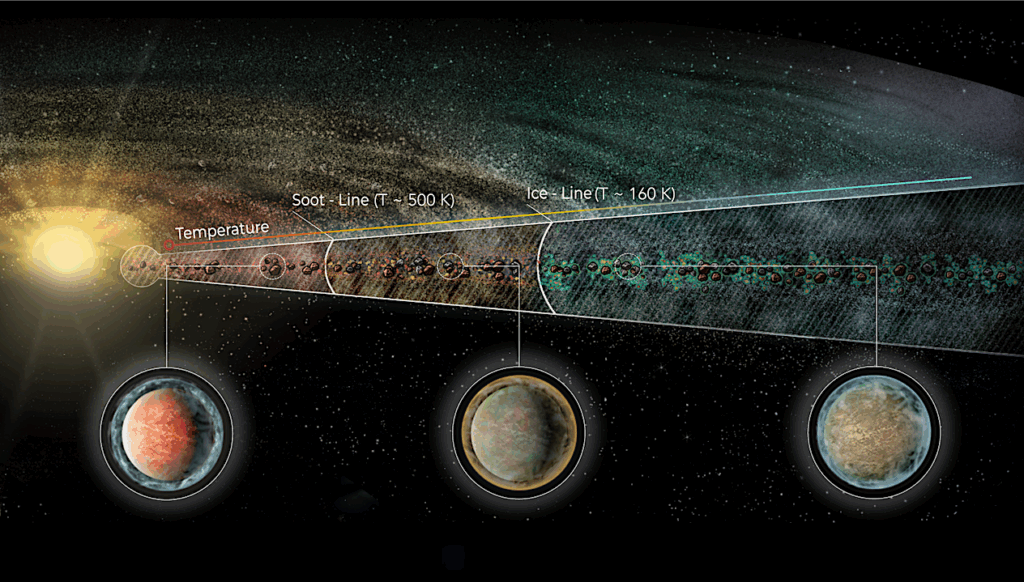Interior Dynamics Of Super-Earth 55 Cancri e

The ultra-short-period super-Earth 55 Cancri e has a measured radius of 1.8 Earth radii. Previous thermal phase curve observations suggest a strong temperature contrast between the dayside and nightside of around 1000 K with the hottest point shifted 41±12 degrees east from the substellar point, indicating some degree of heat circulation.
The dayside (and potentially even the nightside) is hot enough to harbour a magma ocean. We use results from general circulation models (GCMs) of atmospheres to constrain the surface temperature contrasts. There is still a large uncertainty on the vigour and style of mantle convection in super-Earths, especially those that experience stellar irradiation large enough to harbour a magma ocean.
In this work, we aim to constrain the mantle dynamics of the tidally locked lava world 55 Cancri e. Using the surface temperature contrasts as boundary condition, we model the mantle flow of 55 Cancri e using 2D mantle convection simulations and investigate how the convection regimes are affected by the different climate models.
We find that large super-plumes form on the dayside if that hemisphere is covered by a magma ocean and the nightside remains solid or only partially molten. Cold material descends into the deep interior on the nightside, but no strong downwellings form. In some cases, the super-plume also moves several tens of degrees towards the terminator.
A convective regime where the upwelling is preferentially on the dayside might lead to preferential outgassing on that hemisphere which could lead to the build-up of atmospheric species that could be chemically distinct from the nightside.
Tobias G. Meier, Dan J. Bower, Tim Lichtenberg, Mark Hammond, Paul J. Tackley
Comments: 20 pages, 11 figures, accepted for publication in A&A
Subjects: Earth and Planetary Astrophysics (astro-ph.EP); Geophysics (physics.geo-ph)
Cite as: arXiv:2308.00592 [astro-ph.EP] (or arXiv:2308.00592v1 [astro-ph.EP] for this version)
Submission history
From: Tobias Gabriel Meier
[v1] Tue, 1 Aug 2023 15:07:40 UTC (19,821 KB)
https://arxiv.org/abs/2308.00592
Astrobiology,








